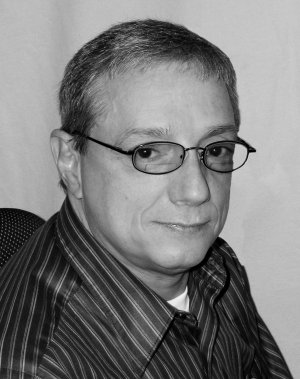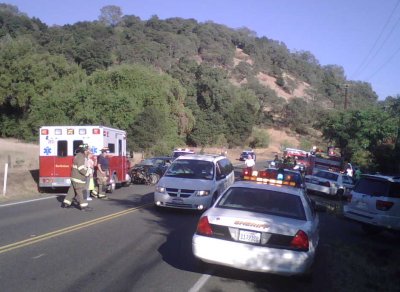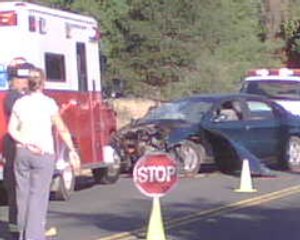
LAKE COUNTY – The Lake County Historical Society is pleased to announce a private donation of $100,000 has been pledged to the Ely Stage Stop and Country Museum.
In August, the Ely Stage Stop and Country Museum Project will receive a donation of $100,000 from the Kettenhofen Family Foundation, a charitable foundation established and funded by the estates of Ernest and Polly Kettenhofen who owned the S-Bar-S Ranch from approximately 1960 to 2000. Ernest died in 1996; Polly died in 2006.
The Kettenhofen Family Foundation called for the donation recipients to be selected by remaining family members, so in looking for a charity in Lake County, the family discovered the Ely Stage Stop Project through the Lake County Historical Society web site.
Randy Ridgel, president of the Lake County Historical Society, expressed gratitude on behalf of the Society to the Kettenhofen family for the very generous donation.
Linda Marshik, daughter of the Kettenhofens, said, "We recognized the building as the one our father had told us used to be the Stage Stop at the Lost Springs Ranch, later called the S-Bar-S."
She said the family had been looking for a charity but hadn't expected to find a project that would be so fitting of the family's past connection to Lake County and be a long-term asset for Lake County.
"We were so pleased to learn about the Beckstoffer family's generous donation of the building and land for the project," Marshik said.
Andrew Beckstoffer of Beckstoffer Vineyards donated both the historic structure, considered by some to be the oldest "stick-built" building in Lake County dating to the late 1850s, as well as the five-acre parcel for the new site.
On July 29, the historic Ely Stage Stop structure was relocated just across Highway 29 to the future site of the museum, at 9921 Highway 281, approximately one mile north of Kit's Corner, in Kelseyville. The site features dramatic views of Mt. Konocti and overlooks the former S-Bar-S Ranch.
Ridgel said the society intends to use the Kettenhofen family funds for physical improvements such as building and foundation work in the early stages of the project, and also for future conservation efforts.
He said these efforts may include "old history" in the form of an operating windmill to pump water to supply the museum, as well as "new history" in the form of solar power to supply the museum with electricity.
Once completed, the Ely Stage Stop and Country Museum will be owned by the county and will provide a permanent home for the Lake County Historical Society. The site will function as a historical and agricultural visitor center with reconstructed old barns, displays of farm equipment, as well as agricultural demonstrations and living history exhibits.
Opportunity to give back
Acknowledging the generosity and hard work of others that had brought the project to this point, Marshik said the family felt fortunate that the timing of the Ely Stage Stop Project gave them a chance to give something back to Lake County.
Marshik said, "Our parents believed you should always give something back" and Lake County was a place they cherished. She said that although family members now reside from San Diego to Vancouver, British Columbia, they each carry warm memories of the beauty of Lake County.
"It was at the center of many years of our family gatherings and the hub of activities," Marshik said.
She recalled memories of hiking, hunting, and birdwatching, blackberry picking, rock collecting and star-gazing, even water-skiing and county fairs.
"My father also had a keen interest in the history of the land and the stories of the people who had been on the land before," Marshik said.
She said the members of the Kettenhofen family agree that their parents, Ernest and Polly, would be truly happy at the chance to help with the Ely Stage Stop Project.
"We know it's a huge undertaking, and it has already taken an impressive amount of work with a great deal more to come," Marshik said. "The donation from our parents' estate comes with our warm wishes for the project's future success."
Monetary contributions as well as donations of farm equipment and old barns are still being sought.
Anyone interested in contributing to the project may contact Greg Dills, chairman of the Ely Stage Stop and Country Museum Project for the Lake County Historical Society at 707-263-4180, extension 12.
For more information, contact Eric Seely at the Lake County Administrative Office at 707-263-2580.
{mos_sb_discuss:2}

 How to resolve AdBlock issue?
How to resolve AdBlock issue? 








